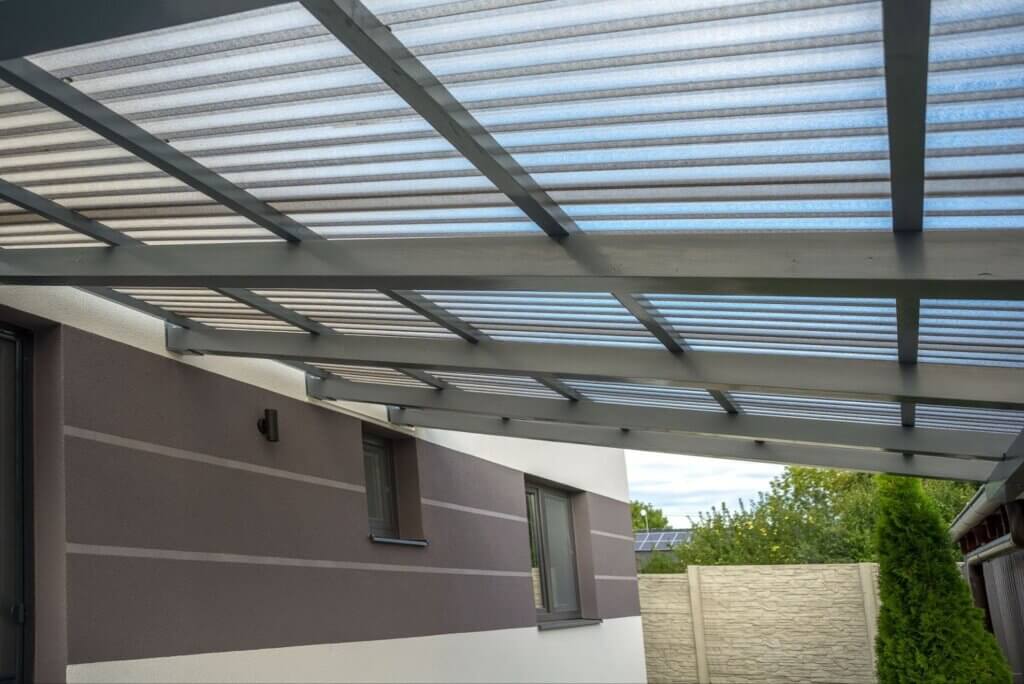
As safety and security remain of utmost importance, bullet-resistant acrylic sheets continue to be a crucial solution for protecting people and property. These high-strength, transparent materials blend aesthetics and functionality, making them ideal for various uses. If you’re considering enhancing security measures, it’s helpful to understand how to incorporate bullet-resistant acrylic sheets in ways that are most effective for you. We’ll explore a variety of use cases throughout this blog post.
Continue reading The Top Use Cases for Bullet-Resistant Acrylic Sheets






